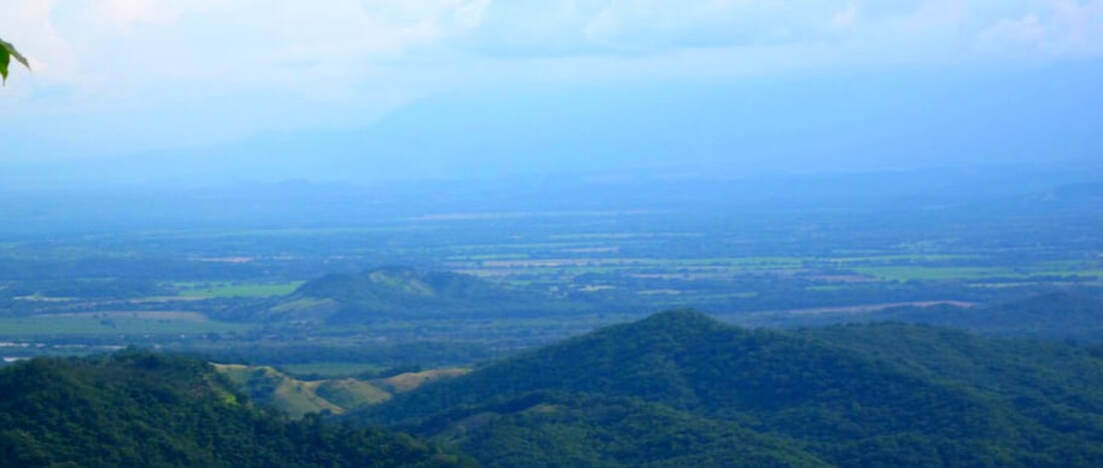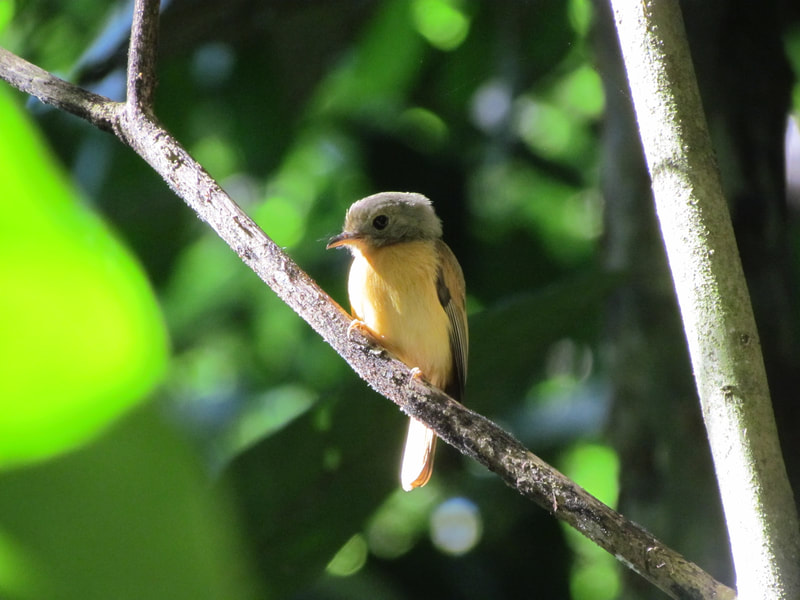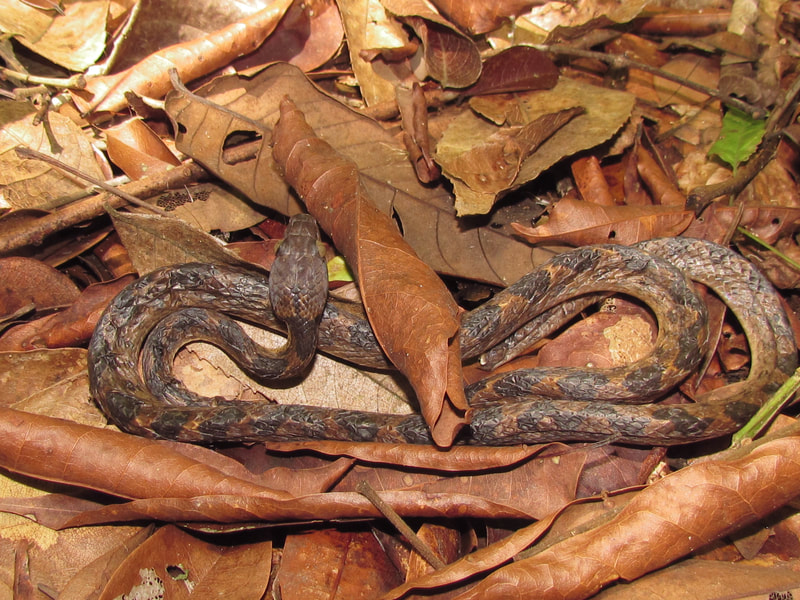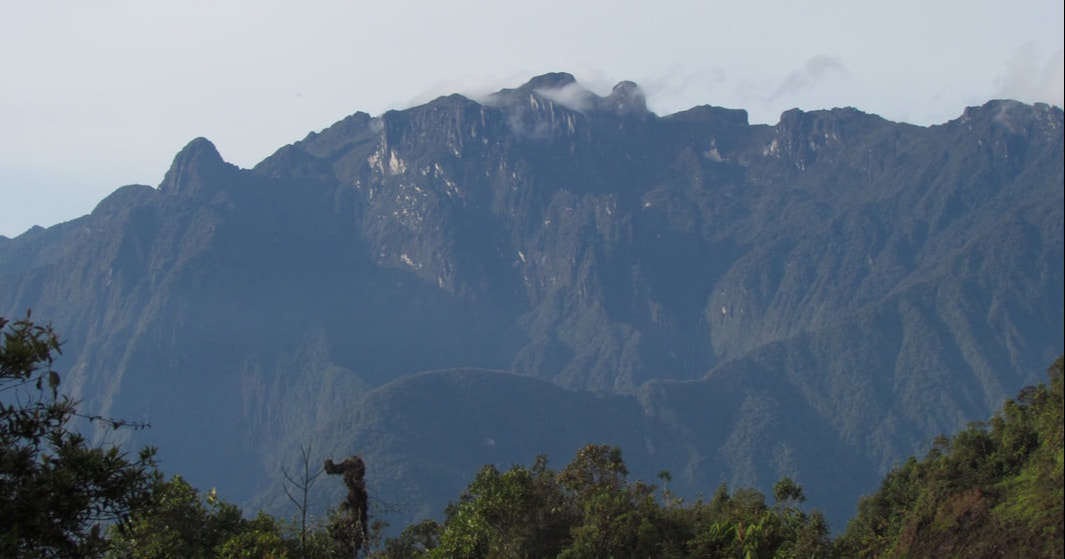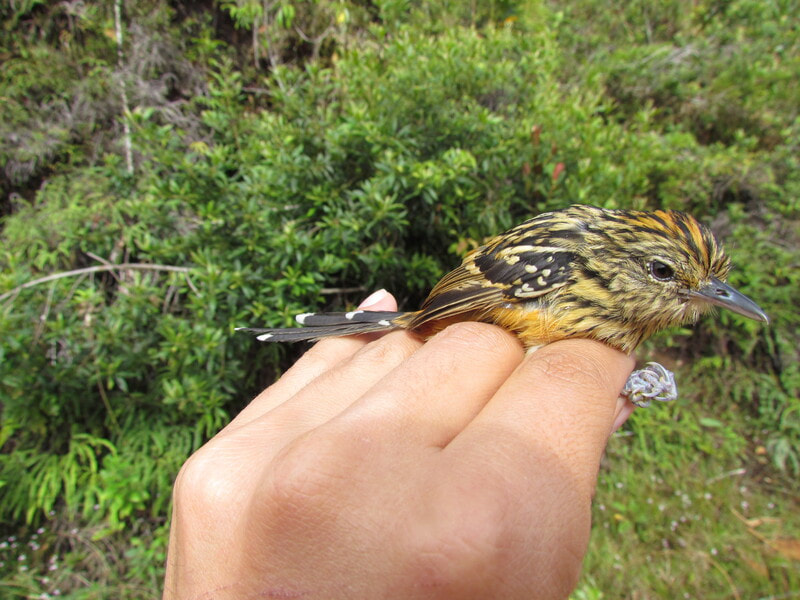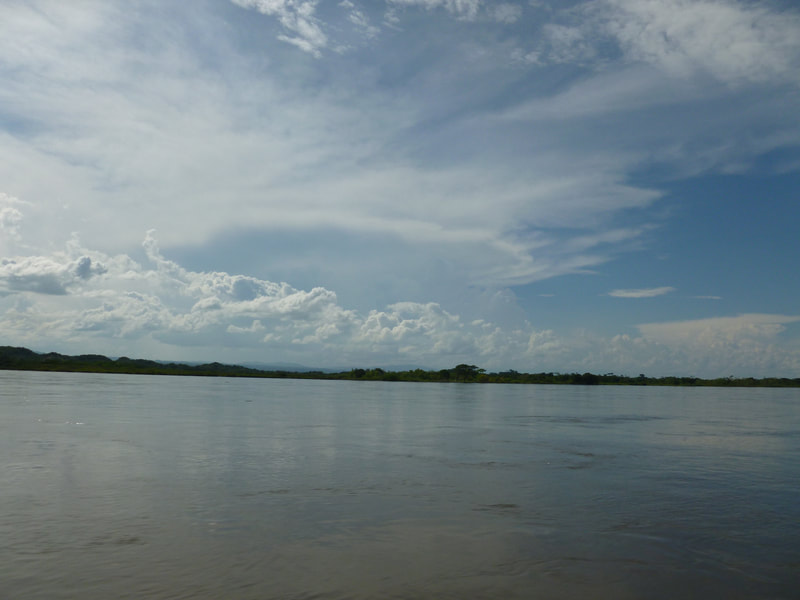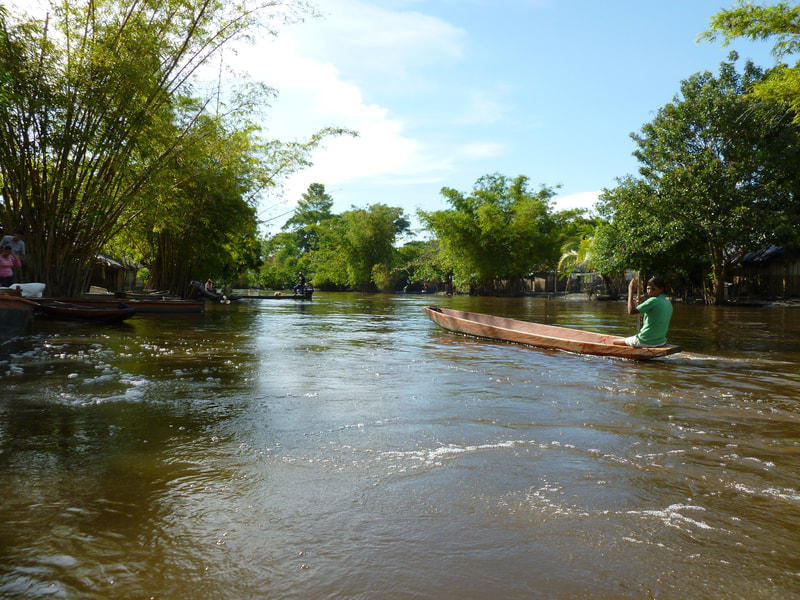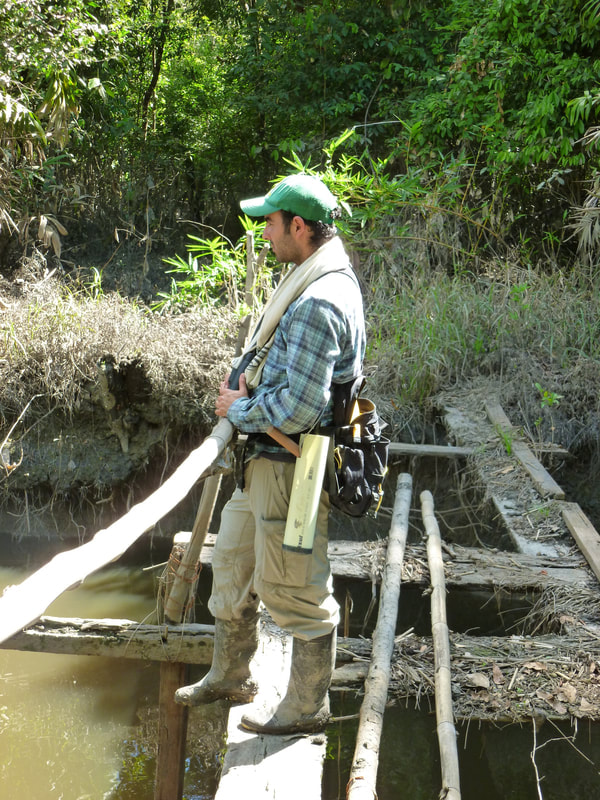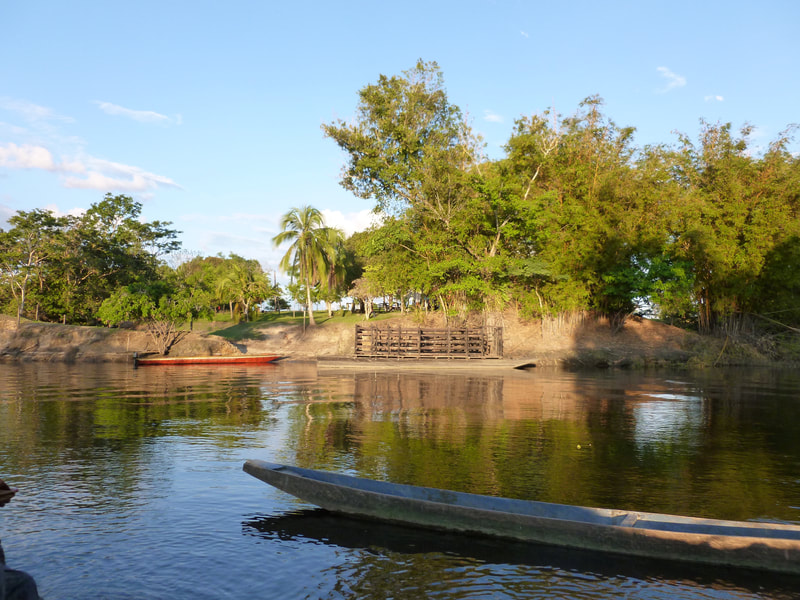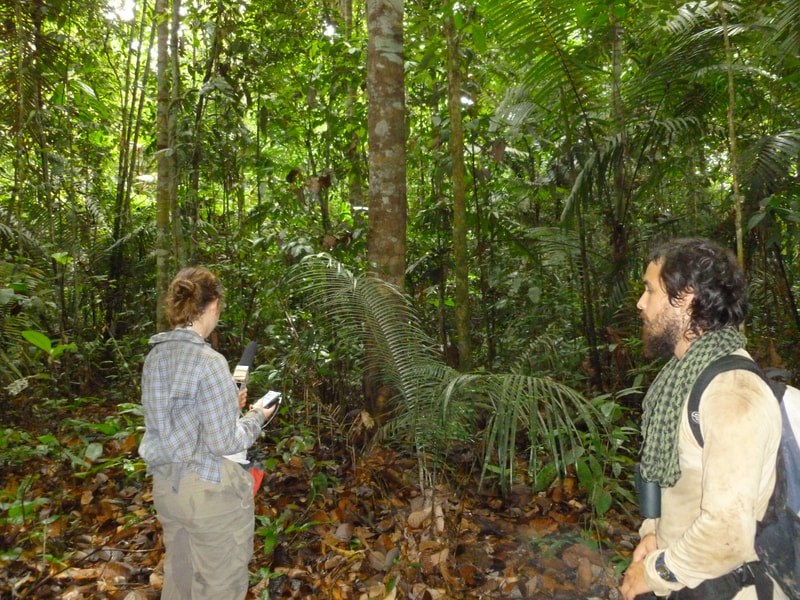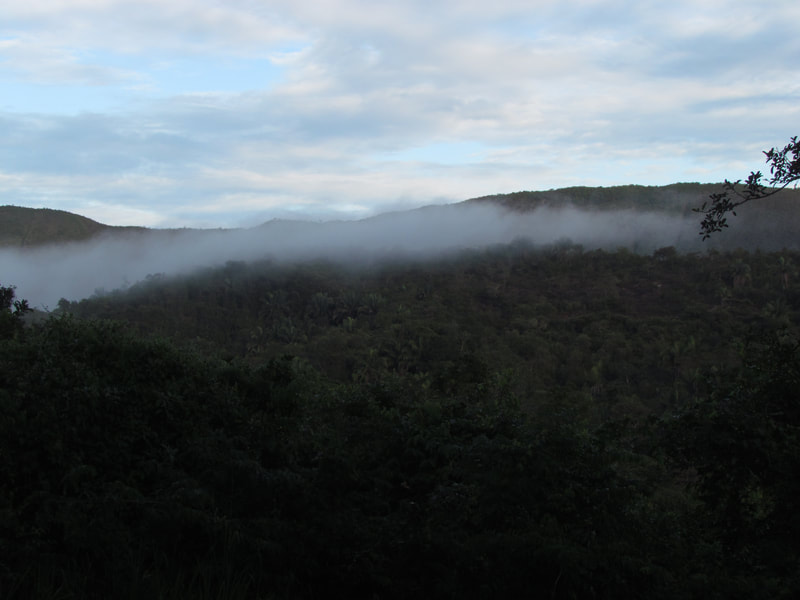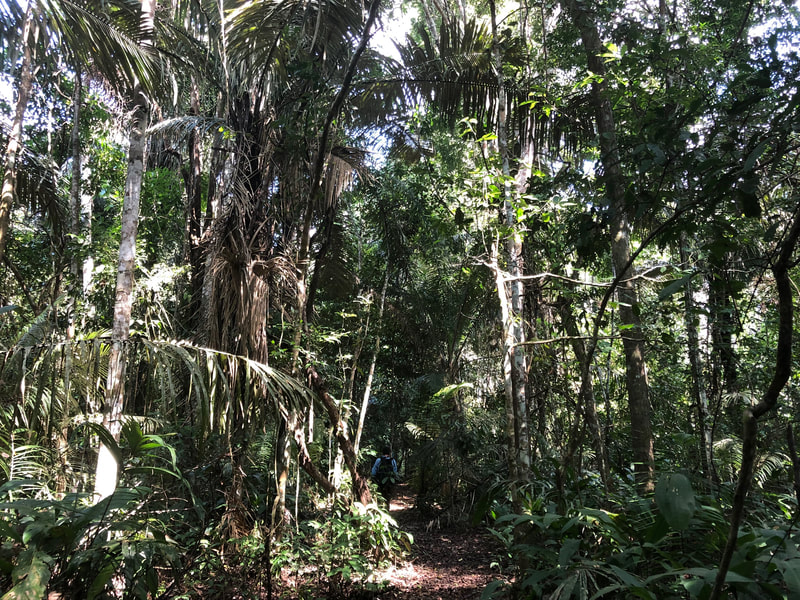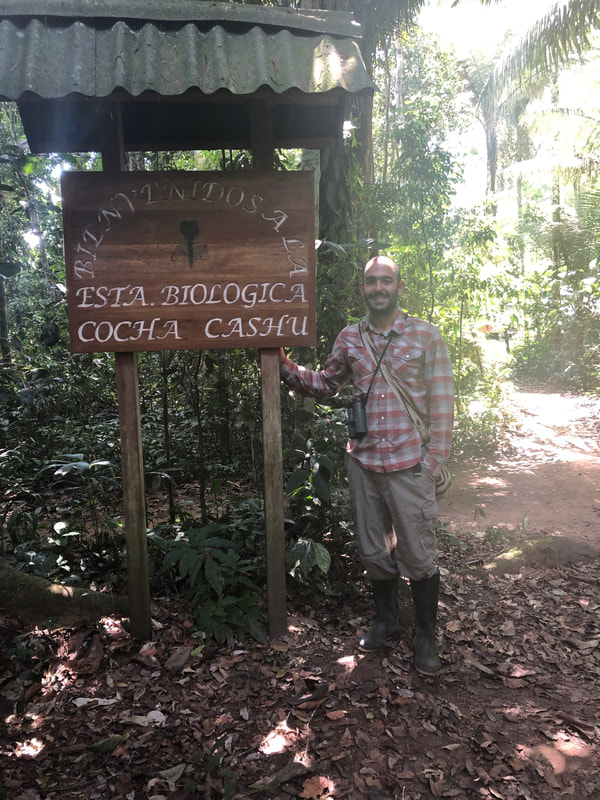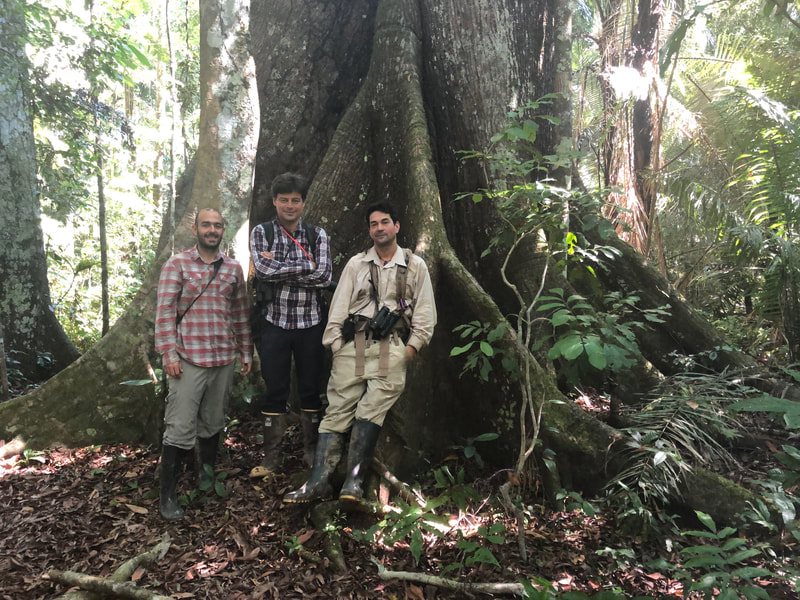RESEARCH interests - cv
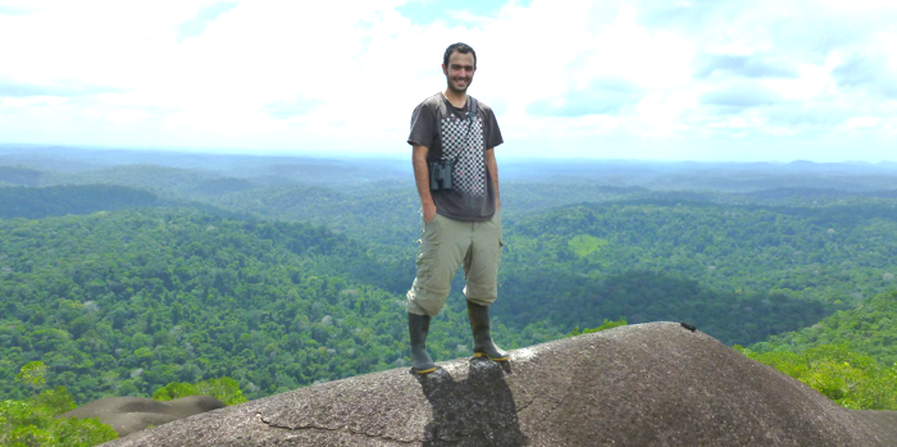 Inselberg in Nouragues biological station where Dr. Ari Martinez and I spent two months studying the stability of mixed species flocks and the dependence of bird species on interspecific communication.
Inselberg in Nouragues biological station where Dr. Ari Martinez and I spent two months studying the stability of mixed species flocks and the dependence of bird species on interspecific communication.
I
I am broadly interested in the ecology and evolution of Neotropical Organisms. Particularly, my research focuses on trying to understand the drivers for the high species diversity in tropical lowland communities. My research focuses on testing hypotheses about the role of biotic an abiotic factors in determining species co-occurence patterns. While I base most of my research on field studies, I am also interested in finding proper ways to analyze the data gathered. This interest has taken me to participate in projects that develop new statistical techniques that take better advantage of the data at hand.
